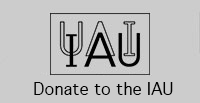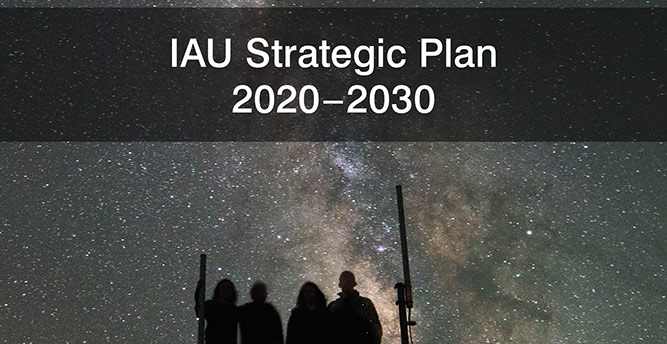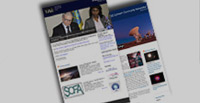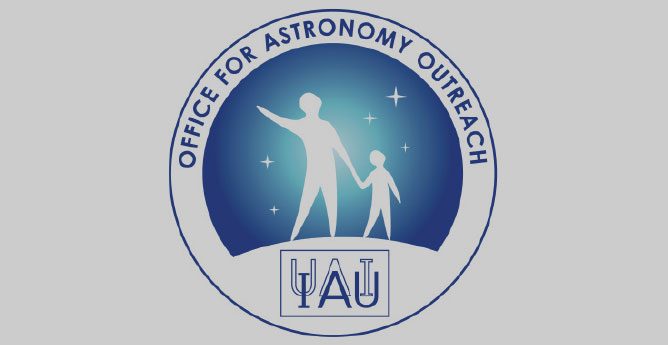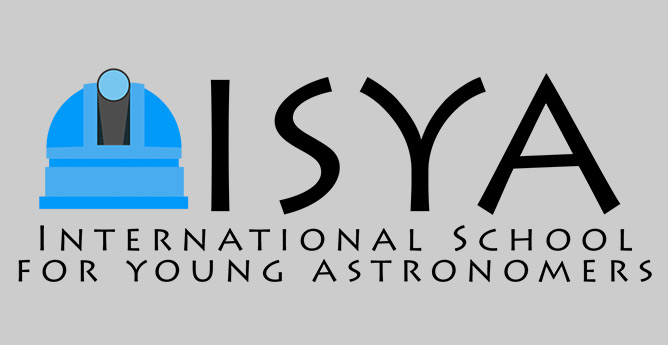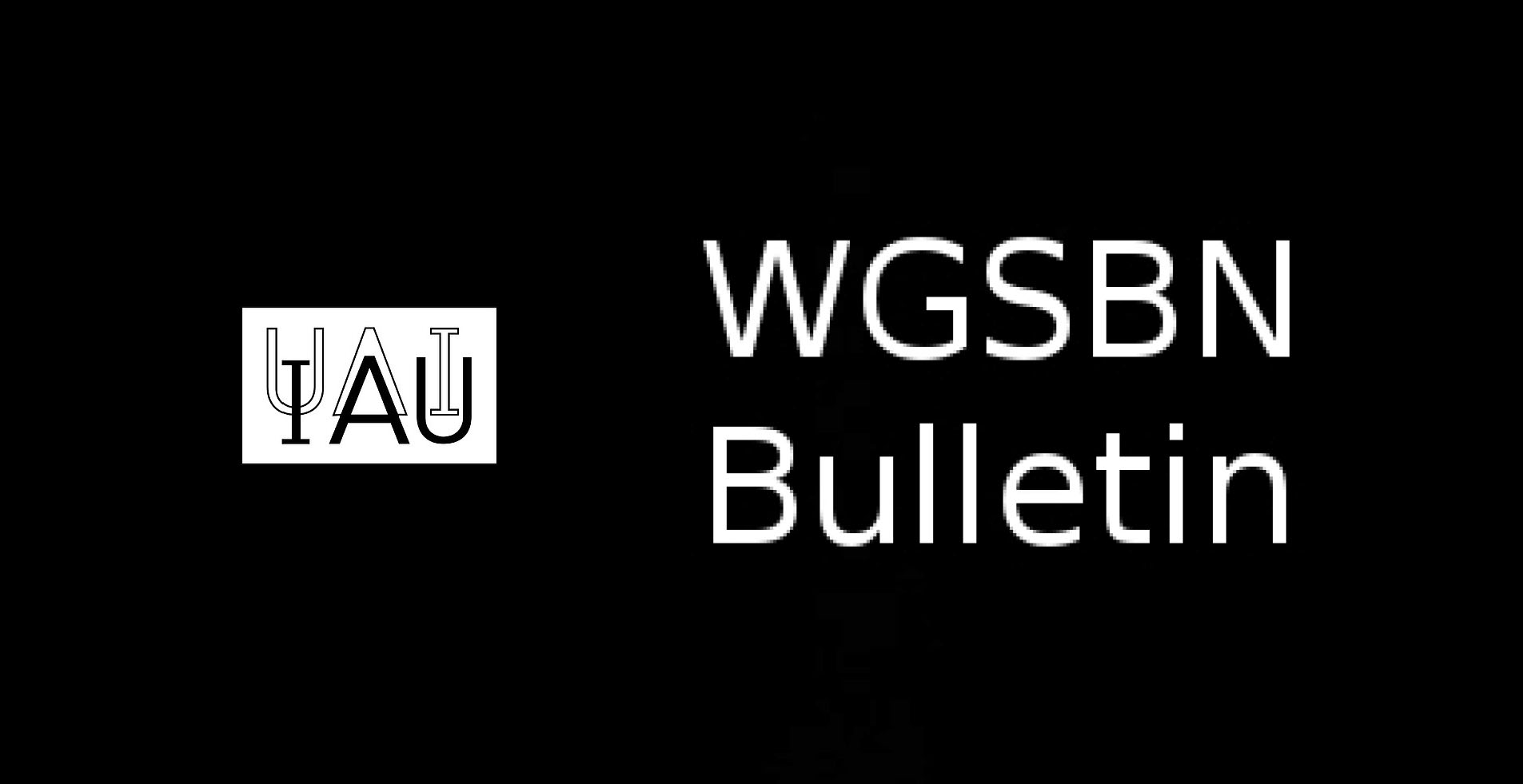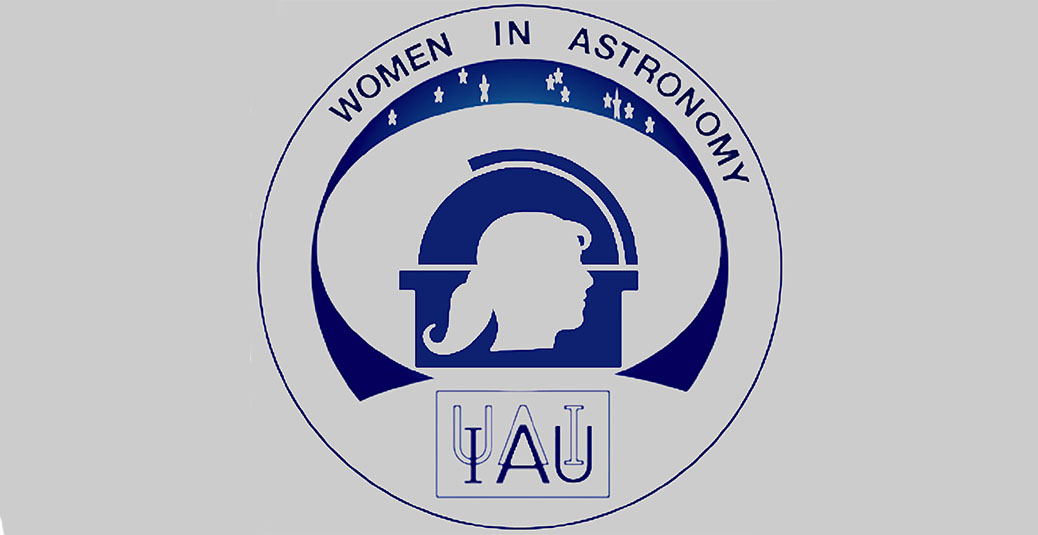- News
- Science
- Scientific Bodies
- Divisions
- Commissions
- Commission A1 Structure
- Commission A2 Structure
- Commission A3 Structure
- Commission A4 Structure
- Commission B1 Structure
- Commission B2 Structure
- Commission B3 Structure
- Commission B4 Structure
- Commission B5 Structure
- Commission B6 Structure
- Commission B7 Structure
- Commission C1 Structure
- Commission C2 Structure
- Commission C3 Structure
- Commission C4 Structure
- Commission C5 Structure
- Commission D1 Structure
- Commission E1 Structure
- Commission E2 Structure
- Commission E3 Structure
- Commission E4 Structure
- Commission F1 Structure
- Commission F2 Structure
- Commission F3 Structure
- Commission F4 Structure
- Commission G1 Structure
- Commission G2 Structure
- Commission G3 Structure
- Commission G4 Structure
- Commission G5 Structure
- Commission H1 Structure
- Commission H2 Structure
- Commission H3 Structure
- Commission H4 Structure
- Commission J1 Structure
- Commission J2 Structure
- Commission J3 Structure
- Commission X1 Structure
- Commission X2 Structure
- Past Commission Organising Committees
- Working Groups
- Centres
- Scientific Meetings
- Rules & Guidelines
- General Assemblies
- Meeting Proposals
- Future IAU Meetings
- General Assemblies
- EC Meetings
- Officers' Meetings
- Regional Meetings
- Symposia
- Focus Meetings
- Institutional Meetings
- IAU Offices Meetings
- IAU-Sponsored Meetings
- Letters of Intent submitted for 2024
- Letters of Intent submitted for 2023
- Letters of Intent submitted for 2022
- Letters of Intent submitted for 2021
- Letters of Intent submitted for 2020
- Past IAU Meetings
- Templates
- Other Meetings
- Grants & Prizes
- Scientific Bodies
- Publications
- IAU Publications
- IAU Strategic Plan
- Symposia
- WGSBN Bulletins
- Regional Meetings
- Information Bulletins/Catalyst
- E-Newsletters
- Focus Meetings
- Transactions A
- Transactions B
- Related Publications
- GA Newspapers
- CAPjournal
- IAU Books
- Brochures
- IAU Offices
- WG Reports
- Commission Reports
- Division Reports
- Past IAU Publications
- Rules, Guidelines and Instructions for Proceedings
- Publishers
- IAU Publications
- Administration
- About the IAU
- Statutes & Rules
- IAU Policies
- IAU Executive Bodies
- IAU Secretariat
- Resolutions
- Members Administration
- Administrative Dates & Deadlines
- International Organisations Relations
- Donate to the IAU
- Training in Astronomy
- Astronomy for Education
- Astronomy for Development
- Astronomy for the Public
- Office for Astronomy Outreach
- FAQ
- Themes
- Satellite Constellations
- Astronomy in Everyday Life
- How to Report a Discovery
- Careers in Astronomy
- Defining our Place in the Cosmos
- The Constellations
- Light Pollution
- Measuring the Universe
- Near Earth Objects
- How to Participate in Astronomy Research
- Naming of Astronomical Objects
- Naming of Exoplanets
- Buying Star Names
- Naming Stars
- Pluto and the Solar System
- IAU Member Statistics
- Our Moon: the Moon
- Meteors & Meteorites: The IAU Definitions of Meteor Terms
- UNESCO-IAU Portal to the Heritage of Astronomy
- Social Media
- Past Events
- Call for Online Resources
- Astronomy@Home Awards
- Contact
Theodore P. Stecher
United States
1930-2017
Obituary:
Theodore P. (Ted) Stecher, 86, passed away peacefully on Sunday, October 29, 2017 in Silver Spring, MD, surrounded by family.
Born in Kansas City, MO on December 15, 1930, Ted was the first of two children born to Laura Whitehead Potter and a young German chemist, Paul Georg Stecher, who met while Laura was studying French in Paris at the Sorbonne. They married at the beginning of the Great Depression, and lived in Kansas, New York, and New Jersey before ending their troubled marriage. Once divorced, Paul abandoned contact with his children and continued his career as a chemist, eventually becoming the author/editor of the Merck Index. Laura took a teaching position in southern Maryland, but was not permitted to bring her children, so she sent them to live with her parents in Iowa City, where her father was a Professor of Classics at the State University of Iowa (now the University of Iowa). After a year, Laura secured a job teaching high school French and Latin in Waterloo, IA and brought her children there.
As a boy, Ted earned money with a newspaper delivery route, saving enough to buy his mother a handsome silverware set. In high school, he worked as a shoe salesman and also played taps at military burials. The funeral director arranged to bring him from school to the cemetery, where Ted played from a distance so the notes floated gently across the burial ground; afterward he was returned to school. Laura Stecher instilled a love for music in both of her children, and in addition to trumpet, Ted played piano. After an exploratory semester studying Chemistry at Iowa State University, Ted enrolled at the University of Iowa (where his high school music director was then working) and asked if he could join the band. The answer was yes, there would always be a spot for him in the band. At the director’s behest, Ted became the drum major, where he learned to twirl and toss a baton while strutting and directing the marching band. A less exciting position he held briefly was at the university hospital, where his job duties included cleaning fecal samples from petri dishes – an unsavory task he recounted to his children when discussing the importance of a college education.
At the University of Iowa, Ted earned BA and MS degrees in Philosophy and Astronomy, respectively. While there, over coffee with a mutual acquaintance, he met Elizabeth Olney, an art student from Marathon, Iowa, and they married in 1956. Ted and Elizabeth then moved to Ann Arbor, Michigan so Ted could pursue a PhD in Astronomy at the University of Michigan, where he served as a Teaching Fellow and Research Assistant. In June of 1959, after completing all of the requirements for his PhD except for his dissertation, Ted left the program to accept a position as Staff Astronomer at the newly established National Aeronautics and Space Administration (NASA), then housed in the Naval Research Laboratory in Washington, DC, while Goddard Space Flight Center in Beltsville, MD was under construction. At NASA, he built a successful career using ultraviolet imaging to study celestial bodies including the moon, stars, nebulae, globular clusters, galaxies, and the composition and structure of the interstellar medium.
Through the 1960’s and early 1970’s, Ted’s astronomical experiments used suborbital Aerobee, Astrobee, and Black Brant rockets launched from Wallops Island (Virginia) and the White Sands Missile Range (New Mexico). Instruments aboard these rockets collected data in observation windows lasting only minutes. Later, he made observations using satellite-borne platforms capable of long-term measurements.
Ted’s 1965 theory on the likely presence of graphite in the interstellar medium was confirmed by subsequent observations, including those made by the International Ultraviolet Explorer (IUE). The chemical composition of the interstellar medium, and how it interacts with light is crucial to understanding how stars formed in galaxies over the history of the universe, even to the present day.
Ted held a competitively awarded position in 1971-72 as a Visiting Fellow at the Joint Institute for Laboratory Astrophysics (JILA) at the University of Colorado-Boulder. JILA Fellows, selected on the basis of scientific excellence, are expected to follow their intellectual pursuits in a self-directed manner. The Colorado research appointment had a long-lasting and positive impact on his family, with 3 of his 4 children eventually calling that state home at some point in their lives.
As part of the United States-Netherlands Cooperative Space Program, Ted partnered with Dutch colleagues on the Astronomical Netherlands Satellite (ANS), the first Dutch satellite. ANS was launched in August 1974 onboard a Scout rocket from Vandenberg AFB, orbited for 20 months, and collected data in both the X-ray and ultraviolet regions. Later, Ted made a number of observations using the International Ultraviolet Explorer (IUE) satellite, launched in 1977 aboard a Delta rocket. The IUE work resulted in 34 publications by Ted and his team in the Astrophysical Journal, published by the American Astronomical Society (AAS), of which he was a member for 61 years.
A major highlight of Ted’s career was his service as Principal Investigator for the Ultraviolet Imaging Telescope (UIT), flown aboard Space Shuttle Columbia (STS-35/ASTRO-1 mission, December 2-10,1990) and on Space Shuttle Endeavor (STS-67/ASTRO-2 mission, March 2-18, 1995). Ted submitted the proposal for UIT in 1978, one of 200 submissions for what was to be a broad shuttle-based astrophysics program. Of these, three telescopes: UIT, the Hopkins Ultraviolet Telescope (HUT), and the Wisconsin Ultraviolet Photo-Polarimeter Experiment (WUPPE) were selected for further development. At the time of the Challenger accident in January 1986, UIT, HUT, WUPPE and the Broad Band X-ray Experiment (BBXRT), were loaded together in the cargo bay of Columbia, readied for the next shuttle launch. Following Challenger, the scope of the original program was drastically reduced and only the Astro payload was flown. Analysis of UIT data provided insights into stellar content, the spiral structure of galaxies, and the history of star formation, among other topics. A notable outcome of the ASTRO-1 mission was the dedication of an entire issue of Astrophysical Journal Letters to papers from a single research team (UIT) - a first for the journal. Together, the UIT missions yielded at least 47 papers, published in the Astrophysical Journal, Astrophysical Journal Letters and the Astronomical Journal.
Ted garnered numerous awards during his long career, including the inaugural John C. Lindsay Memorial Award in 1966 for his “…pioneering work in measuring stellar ultraviolet flux distributions by means of sounding rockets and for his contributions to our understanding of interstellar grain and interstellar molecule formation stemming from these observations.” He was a two-time recipient of the NASA Medal for Exceptional Scientific Achievement for his rocketry work which “…resulted in a host of fundamental contributions, most of which were ‘firsts’ in the field” and in recognition of his “…excellent efforts in the conceptual design, formulation of scientific objectives, instrument proposal preparation, actual design, fabrication, test, calibration and flight operations of the Ultraviolet Imaging Telescope.” Ted and his research team were also honored with several NASA Group Achievement Awards for work on UIT and its associated shuttle missions.
David A. Williams, Emeritus Perren Professor of Astronomy at University College, London, and Ted’s first postdoctoral fellow wrote, “Ted was a huge influence on me and in my working life. I am forever grateful to him for those early years in my career when we seemed to spend as much time talking about how to do research as actually doing it. He taught me that science is really about ideas, not computer codes or even masses of observational data - important though they are. Ted turned me into an astrophysicist and with great foresight he showed me the glories of the interstellar medium that were only then beginning to be discovered. It has been a delight and a privilege for me to have followed the path that he pointed out, and I have often given a silent thanks to him for his guidance. He often said: ‘Research should be fun! If it isn't, do something else.’ It's a great philosophy.”
Ted retired in 2002 after 43 years with NASA, but retained an emeritus position and office for several years thereafter. He was stimulated, challenged, and rewarded by his work at Goddard; it was his passion. At home, he set a disciplined example with his daily calisthenics and neighborhood runs (with three successive Malamutes), and created indelible memories with his family, such as skiing in Colorado, sailing on the Chesapeake Bay, taking in the ocean at Assateague and Chincoteague Islands, camping, and hiking in the Appalachian and Rocky Mountains. Ted considered it important to be a patron of the arts, and later in life regularly attended classical, jazz, and opera performances, as well as Elizabeth’s art exhibitions. Ted was quietly but fervently devoted to his family throughout his life. They share his passion for science, music and the outdoors, and are thankful for his positive influence in their lives. He and Elizabeth recently celebrated their 61st wedding anniversary.
Theodore P. Stecher is survived by his wife Elizabeth, his children Alan, Martin (Denise), Sarah (Michael), and Byron, seven grandchildren (Teslin and Gray Stecher, Elsa and Aurea Sellmeyer, Emily, Ben, and Julia Brehm-Stecher), and his sister Joan Byrne.
Memorial donations may be made to the John and Jane Mather Foundation for Science and the Arts, 3400 Rosemary Lane, Hyattsville, MD 20782-1033, which offers scholarships for student interns at Goddard to present research papers at professional conferences, and support to Dance Dialogs, which organizes master classes for ballet teachers and students.
https://www.spacegrant.org/mather
Obituary written by the Stecher family.
SCIENTIFIC APPRECIATION
Ted Stecher’s first major contribution to space astronomy came with his paper (Stecher & Milligan 1962) on “Stellar Spectrophotometry from above the Atmosphere.” There, he presented the first ultraviolet (UV) spectra on stars other than the Sun, as obtained with diffraction-grating spectrographs flown on an un-pointed Aerobee 150A sounding rocket from Wallops Island, VA on 22 November 1960. Previous to that work, observational data on UV light from the stars were obtained only with broad-band photometers, which don’t reveal spectral detail. In recent decades astronomers have studied the UV spectra of stars, nebulae, galaxies, and more with grating spectrographs of various types on spacecraft such as the International Ultraviolet Explorer (IUE), Hopkins Ultraviolet Telescope, and Hubble Space Telescope (HST).
Stecher’s next important contribution, for which he is perhaps best known, was the discovery of a pronounced increase in the absorption of UV light from the stars, caused by interstellar dust at wavelengths near 2200 Angstroms, as compared to the dust effect at adjacent wavelengths (Stecher 1965). This spectral feature is commonly referred to as the “2200-Å bump” in the scientific literature. A half-century later, today’s astronomers, accustomed to receiving ultraviolet spacecraft observations after the measurements or images have passed through an elaborate data-processing and calibration pipeline, might be surprised to read that, as Ted noted in the discovery paper, “The telemetry records were hand-reduced by the author…”
Stecher’s interstellar extinction bump has been the subject of many papers. Even today, Wikipedia, which references two of Stecher’s early papers, states that “its origin is still not well understood.”
Motivated by the findings of his interstellar extinction experiments, Stecher explored the possible role of interstellar graphite particles in producing the ultraviolet absorption of starlight (Stecher & Donn 1965). He also began an active collaboration with David A. Williams on the physics of interstellar molecules and dust grains (Stecher & Williams 1966, 1967, 1972, and 1973). Their 1967 paper on a previously unknown photodestruction mechanism by which UV light can break down hydrogen molecules into atoms in interstellar clouds was especially important as the finding has been widely applied in theoretical work on star formation, e.g., (1) in galaxies (Robertson & Kravtsov 2008), (2) as it varies over the age of the universe (Barkana & Loeb 2000), and (3) in the origin of globular star clusters (Fall and Rees (1985).
At the same time that Stecher undertook the theoretical work with Williams, he conducted new rocket flights and observations, with instruments capable of better performance in the UV than were yet available on orbiting spacecraft. He flew a UV spectrometer on an Aerobee that was pointed successively at two stars in Perseus and obtained spectra that defined the interstellar extinction in much better detail (Stecher 1969) than from the earlier, un-pointed rockets. New electronic sensor technology was used in a rocket experiment that obtained the first UV spectrum of a planetary nebula (Bohlin, Marionni, & Stecher 1975). Stecher also turned to UV imagery, making the first UV photographs of the whole Orion Nebula, in several different wavelength bands (Bohlin et al., 1982), and taking UV images of galaxies, including the “Pinwheel” (M101; Stecher et al. 1982) and the Andromeda galaxy (M31), where Bohlin et al. (1985) recorded the central bulge.
A Black Brant rocket, launched on 17 April 1982, carried a prototype of an UV imaging telescope that Stecher proposed for flight on Spacelab; it revealed that about one-fifth of the UV radiation from the starburst galaxy M83 comes from a bright central source (Bohlin et al. 1983). (Spacelab was a reusable laboratory that could be mounted in the Space Shuttle cargo bay to accommodate research instruments and experiments. It flew on 22 Space Shuttle flights during 1983-1998.) The prototype instrument on the April 1982 rocket would evolve into the UIT, the largest project of Stecher’s NASA career, which was carried on the Astro 1 and 2 Spacelab missions of Space Shuttles Columbia and Endeavour, respectively.
The UIT was a 38-cm (15-inch) telescope equipped to photograph a 40-arc min field of view in two UV wavelength bands and with about 3 arc sec resolution. The hundreds of faint UV images were intensified with electronic image tubes and recorded on film, then returned to the ground for processing and analysis (Stecher et al. 1992, 1997). The 1992 paper was the first in a set of articles on the results from UIT observations during the December 1990 Astro 1 mission, which constituted the 10 August 1992 issue of the Astrophysical Journal Letters. They included new findings on dust in a reflection nebula, UV characteristics of supernova remnants, light echoes, globular clusters, a giant stellar association in the Andromeda galaxy, and localized regions in the Magellanic Clouds. Representative UIT-derived papers from the March 1995 Astro 2 mission include Hill et al. 1997, Kuchinski et al. 2000, and Stewart and Walter 2000.
Stecher also worked with the IUE, notably as a key member of the team that obtained the first UV spectra of planetary nebulae in galaxies beyond the Milky Way, namely in the Magellanic Clouds (Stecher et al. 1982) and in the Fornax galaxy (Maran et al. 1984). He was then invited to join an international team that observed extragalactic planetaries with the Planetary Camera on the HST (cf. Dopita et al. 1994, 1996). He also was on the team that that presented a widely discussed model of the Gum Nebula (Brandt, Stecher, Crawford, & Maran 1971), and co-edited a book on the subject (Maran, Brandt, J. C., & Stecher 1973).
Ted Stecher was a pioneer in ultraviolet astronomy who contributed to many fields of astrophysics. He is much missed.
Stephen P. Maran
American Astronomical Society
REFERENCES
R. Barkana & Loeb, A. 2000, Ap.J. 539, 20.
R. C. Bohlin et al. 1985, Ap.J. 298, L37.
R. C. Bohlin, Cornett, R. H., Hill, J. K., Smith, A. M., & Stecher, T. P. 1983, Ap.J. 274, L53.
R. C. Bohlin, Hill, J. K., Stecher, T. P., & Witt, A. N. 1982, Ap.J. 255, 87.
R. C. Bohlin, Marionni, P. A., & Stecher, T. P. 1975, Ap.J. 202, 415.
J. C. Brandt, Stecher, T. P., Crawford, D. L., & Maran, S. P. 1971, Ap.J. 163, L99.
M. A. Dopita et al. 1994, Ap.J. 426, 150.
M. A. Dopita et al. 1996, Ap.J. 460, 320.
S. M. Fall & Rees, M. J. 1985, Ap.J. 298, 18.
J. K. Hill et al. 1997, AP.J. 477, 673.
L. E. Kuchinski et al. 2000, Ap.JS. 131, 441.
S. P. Maran, Brandt, J. C., & Stecher, T. P. (eds.) 1973, The Gum Nebula and Related Problems, Washington, D.C.: National Aeronautics and Space Administration, SP-332, 236 pp.
S. P. Maran, Gull, T. R., Stecher, T. P., Aller, L. H., & Keyes, C. D. 1984, Ap.J. 280, 615.
B. E. Robertson & Kravtsov 2008, Ap.J. 680, 1083.
D. A. Smith et al. 1996, Ap.J. 473, L21.
T. P. Stecher 1965, Ap.J. 142, 1683.
T. P. Stecher et al. 1992, Ap.J. 395, L1.
T. P. Stecher et al. 1997, PASP 109, 584.
T. P. Stecher, Bohlin, R. C., Hill, J. K. & Jura, M. A. 1982, Ap.J. 255, L99.
T. P. Stecher & Donn, B. 1965, Ap.J. 142, 168.
T. P. Stecher, Maran, S. P., Gull, T. R., Aller, L. H., & Savedoff, M. P. 1982, Ap.J. 262, L41.
T.P. Stecher & Milligan, J. E. 1962, Ap.J. 136, 1.
T. P. Stecher & Williams, D. A. 1966, Ap.J. 146, 88.
T. P. Stecher & Williams, D. A. 1967, Ap.J., 149, L29.
T. P. Stecher & Williams, D. A. 1972, Ap.J. 177, L141.
T. P. Stecher & Williams, D. A. 1973, MNRAS. 161, 305.
S. J. Stewart & Walter, F. 2000, A.J. 120, 1794.
Wikipedia, https://en.wikipedia.org/wiki/Extinction_(astronomy), consulted on 10 November 2017.
Past affiliation(s) within the IAU
- Past Member of Division D High Energy Phenomena and Fundamental Physics (until 2017)
- Past Member of Division G Stars and Stellar Physics (until 2017)
- Past Member of Division H Interstellar Matter and Local Universe (until 2017)
- Past Member of Commission 29 Stellar Spectra (until 2015)
- Past Member of Commission 34 Interstellar Matter (until 2015)
- Past Member of Commission 44 Space & High Energy Astrophysics (until 2015)
- Past Member of Division IV Stars (until 2012)
- Past Member of Division VI Interstellar Matter (until 2012)
- Past Member of Division XI Space & High Energy Astrophysics (until 2012)
Search individual members
